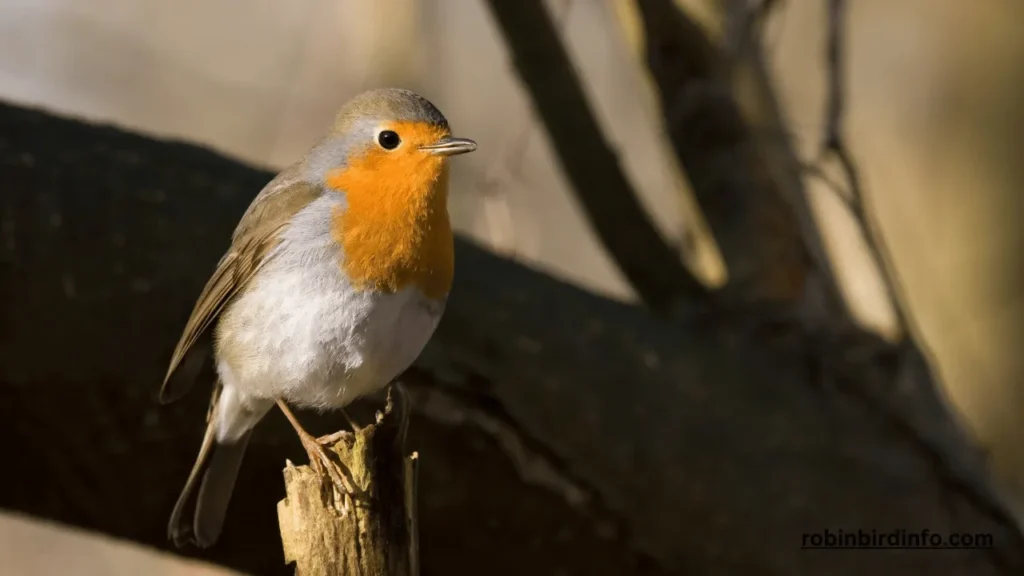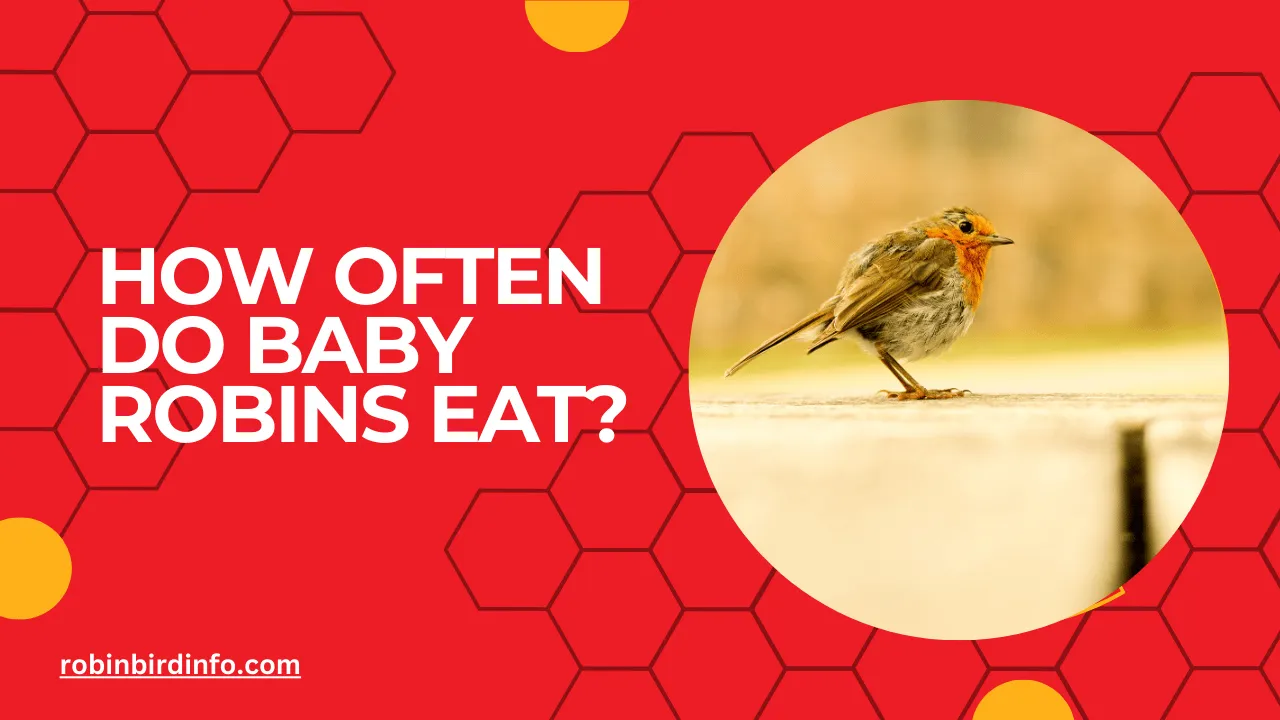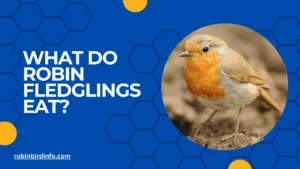Have you ever spotted a Robin diligently hopping back and forth from its nest, a beak full of wriggling worms?
If so, you’ve witnessed a fascinating aspect of Robin parenthood: the feeding frenzy that sustains their rapidly growing chicks. Unlike human babies with predictable feeding schedules, baby Robins require a constant flow of food to fuel their incredible growth spurt.
Their tiny bodies transform from helpless hatchlings into fledglings ready to take flight in a mere two weeks! But how often do these feathered bundles of energy need to eat?
This blog post delves into the fascinating world of Robin nestling feeding. We’ll explore the surprisingly high frequency of meals baby Robins require, the factors that influence how often they’re fed, and the crucial role their parents play in ensuring their survival.
Get ready to discover the intricate dance of parental care and the amazing appetite of baby Robins! So, grab a cup of coffee, settle in, and prepare to be surprised by the tireless dedication of these devoted feathered parents.
Contents
The Nestling Stage
A newly hatched Robin chick is a small, vulnerable creature.
It is naked, blind, and completely dependent on its parents for survival. Over the next few weeks, the nestling undergoes rapid growth and development. Its feathers begin to grow, providing warmth and insulation.
As the feathers develop, the nestling becomes more mobile and starts to explore the nest.
Both parent Robins work tirelessly to feed and protect their young. They bring a variety of insects, worms, and berries to the nest. The parents regurgitate this food into the mouths of the hungry nestlings.
The nutritional value of this food is crucial for the nestling’s growth and development.
Feeding Frequency
The feeding frequency of nestling Robins varies depending on their age and the availability of food. Newly hatched nestlings require frequent feedings, often every 15-20 minutes. As the nestlings grow, the feeding intervals increase, and they can go longer periods without food.
Several factors can influence feeding frequency, including weather conditions, food availability, and nestling size.
During periods of inclement weather or food scarcity, parents may reduce the frequency of feedings. Larger nestlings may require more frequent feedings to support their rapid growth.
Parental Care and Brood Reduction
Both male and female Robins share the responsibilities of parental care. They take turns incubating the eggs and feeding the young. The division of labor ensures that the nestlings are well-fed and protected.
In some cases, parents may engage in brood reduction, which involves selectively feeding certain nestlings and neglecting others. This behavior may occur when food resources are limited or when some nestlings are weaker or less competitive.
Nestling survival depends on various factors, including the quality of parental care, the availability of food, and the presence of predators. Adverse weather conditions, such as heavy rain or extreme cold, can also impact nestling survival.
The Role of Food Availability
The types of food that Robins feed to their young can vary depending on what is available in the environment. Common food items include insects, worms, berries, and small fruits. Insects, such as caterpillars and beetles, are particularly important for providing protein to the growing nestlings.
Food abundance plays a crucial role in nestling growth and survival. When food is plentiful, parents can feed their young more frequently, leading to faster growth and development. Conversely, food scarcity can limit nestling growth and increase mortality rates.
Foraging behavior is essential for adult Robins to obtain food for their young. They may forage in various habitats, including forests, woodlands, and urban areas. Efficient foraging strategies, such as searching for food in specific locations and using visual cues, can help parents locate and capture prey.
Conservation Implications

Habitat loss and fragmentation can significantly impact Robin populations and their ability to successfully raise young. The loss of nesting and foraging sites can reduce breeding success and limit the availability of food for nestlings.
The use of pesticides can also negatively affect Robin populations by reducing the abundance of insects, which are a crucial food source for nestling Robins.
Climate change can alter the timing of breeding seasons and the availability of food resources. Changes in temperature and precipitation patterns can impact nestling survival and the overall reproductive success of Robin populations.
Conclusion
The feeding behavior of Robin parents is essential for the survival and development of their young. By understanding the factors that influence feeding frequency and the challenges faced by nestling Robins, we can appreciate the complexity of bird behavior and the importance of protecting their habitats.
By conserving bird habitats and reducing the use of harmful pesticides, we can help ensure the continued survival of Robin populations and other wildlife.
FAQ’s
How often do baby Robins eat?
Newly hatched Robin nestlings can be fed as often as every 15-20 minutes, especially during the early stages of their development. As they grow older, the feeding frequency gradually decreases.
What do baby Robins eat?
Baby Robins are primarily fed insects, such as caterpillars, beetles, and worms. Parents may also feed them berries and other soft fruits.
How do Robin parents find food for their young?
Robin parents search for food in a variety of habitats, including trees, shrubs, and on the ground. They use their keen eyesight and hearing to locate potential prey.
Do both parents feed the young?
Yes, both male and female Robins contribute to feeding the young. They work together to provide food and protect the nestlings from predators.
How long does it take for a baby Robin to fledge?
It typically takes about 12-14 days for a Robin egg to hatch, and another 13-15 days for the nestling to fledge.
What are the threats to nestling Robins?
Nestling Robins face various threats, including predation by cats, snakes, and other birds of prey. Adverse weather conditions, such as heavy rain and extreme cold, can also impact their survival.








